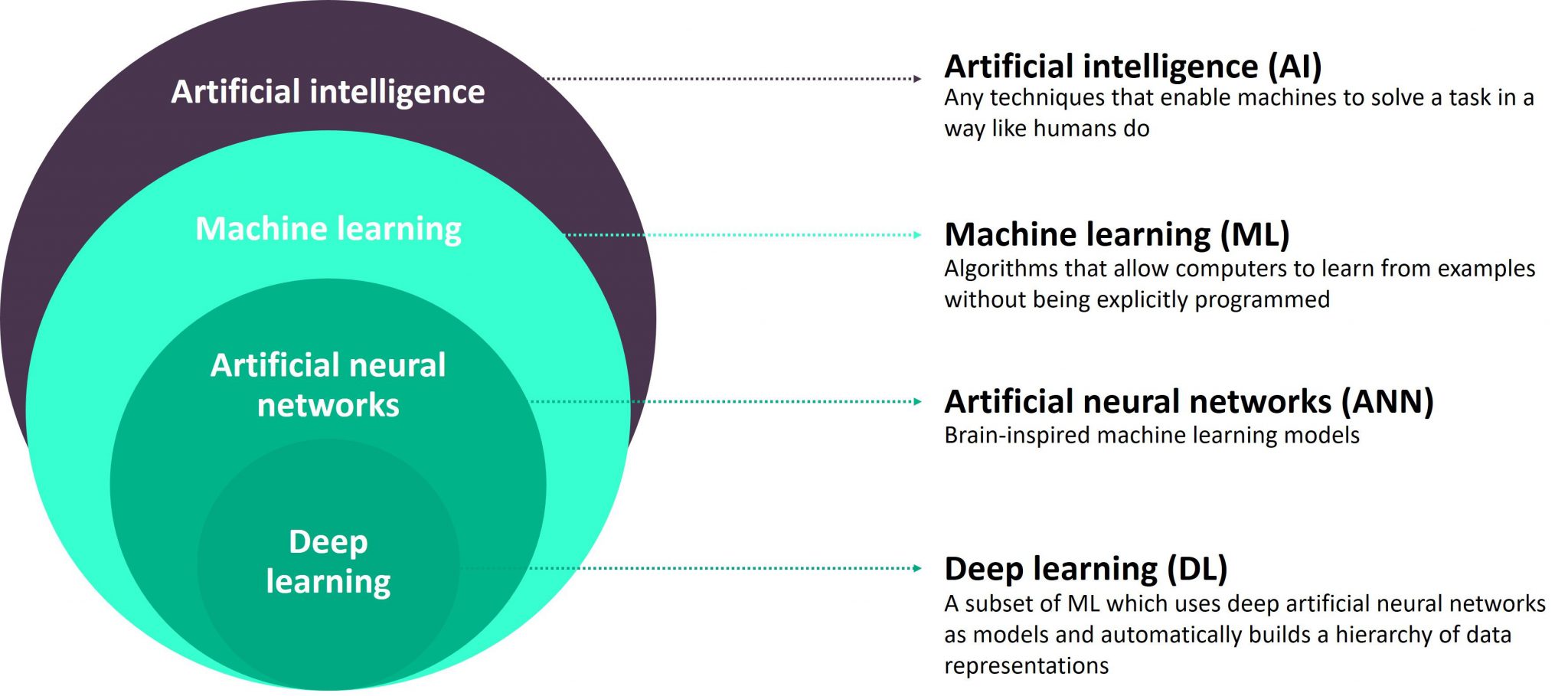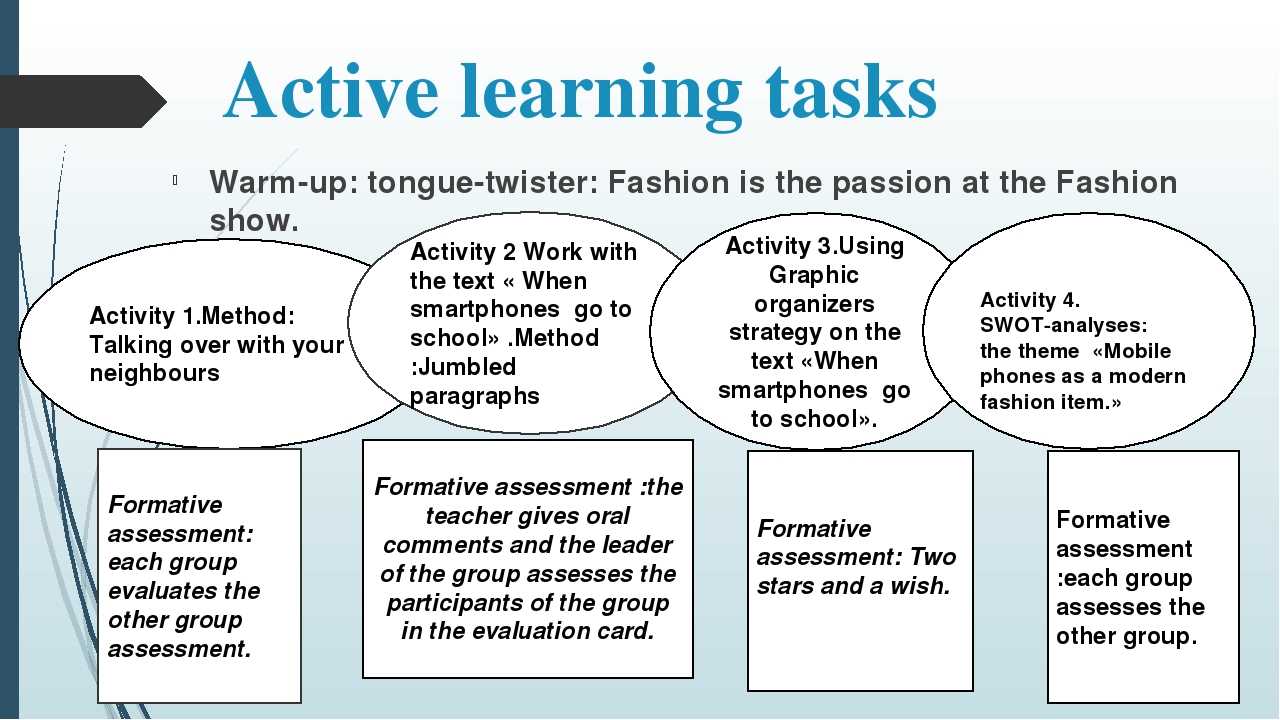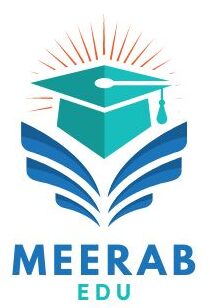Introduction of Education Goals

Welcome to our guide on successful education. In today’s dynamic learning environment, there is a need for understating as well as putting into action strategies that work best. This is why whether you are a student, teacher, or any other stakeholder in the educational system, it becomes necessary for you to understand how to plan with goals. In this article, we will explore the world of educational objectives, allowing our readers to get some insights and valuable tips that would help them move on. Let us embark on this wonderful journey together.
**Section 2: Setting SMART Goals in Education**

In education, goal setting involves making operational plans and not just having desires. SMART goals for Specific, Measurable, Achievable, Relevant, and Time-bound provide a framework through which effective goals can be made.
- **Specific:** Goals must be unambiguous. Rather than wanting to ‘improve grades’ without specifying anything else like subject, class level, and desired outcome like “increase math scores by 15% in the next semester.”
- **Measurable:** Establish benchmarks to know if you are moving forward or not. Utilize quantitative metrics whenever possible such as test scores, assignment grades, or attendance rates because objective setting allows educators/learners to evaluate their growth.
- **Achievable**: A goal should be something realistic that can be attained based on individual capabilities and resources among other constraints when set ambitions are commendable but unrealistic ones lead to frustration and disengagement.
- **Relevant**: Goals must also relate to both the wider educational ambition and personal aspirations of individuals concerned; they should meaningfully contribute towards global learning outcomes and education development while motivational thus committing one’s self towards accomplishing such endeavors.
- **Time-bound**: Set deadlines – create urgency within certain time frames for every goal set; hence planning of prioritization becomes easy; besides procrastination will be avoided while consistent progress is promoted.
By meeting the SMART criteria, vague aspirations can be transformed into concrete action plans for educators and learners alike. Be it improving academic performance, developing skills, or reaching some personal milestones, SMART goals are invaluable in navigating an educational journey with a sense of purpose and clarity.
**Section 3: Aligning Curriculum with Learning Targets**

Alignment of curriculum with learning targets is vital in any education system to ensure that instructional content properly addresses the desired outcomes.
- **Understanding Learning Targets**: These are specific knowledge, skills, and competencies that students should learn. Educators must carefully review curriculum standards and educational goals to find out their priorities among those areas where they are supposed to focus.
- **Mapping Curriculum**: Having identified the learning targets, one would need to map them against their respective curriculum so that there will be no questions in terms of whether instructional stuff used in classrooms and assessments given were related or not. This requires considerations such as orderliness or sequence between topics; scope as well as coherence for better experiences during meaningful learning periods.
- **Differentiation and Flexibility**: A well-aligned curriculum allows flexibility through differentiation for various student needs. Teachers may structure lessons based on individual variations such as learning style, capability, etc., but still achieve consistency within the broader goal post framework.
- **Integration of Technology and Resources**: Incorporation of technology and resources helps enhance the alignment of curriculums by giving interactive multimedia-based exposure. Using online tools together with digital aids provides alternative instructions that make teaching more engaging than traditional ones.
- **Assessment Alignment**: Your assessments must align with the learning targets so your grades will mirror their achievements correctly during the study period. Summative/ formative assessments must reflect what has been covered by content/skills/objectives contained throughout our syllabi enabling tutors to gauge whether they are advancing according to plan or not.
- **Continuous Review and Revision**: This alignment must be reviewed periodically so that it may be updated as the need arises. An assessment should also be done on the effectiveness of this curriculum integration by teachers who will then make changes where necessary to maintain relevance and effectiveness.
By aligning curriculum with learning targets, educators create a cohesive instructional framework that maximizes student learning and achievement. This strategic approach fosters coherence, consistency, and clarity, empowering educators to deliver meaningful and impactful learning experiences.
**Section 4: Utilizing Assessment for Goal Monitoring**

1**Formative Assessment**: In fact, during the learning process continuous, anti-thesis or informal evaluation of* is used and it is known as formative assessment. Educators use formative assessment techniques such as quizzes, polls, and observations to measure real-time understanding of students. Assessments like these provide immediate feedback that allows teachers to adjust their teaching style promptly for their students’ needs.
- **Summative Assessment**: Summative assessment occurs at the end of a learning period to evaluate student mastery of content and skills. Examples include standardized tests, final projects, and end-of-course exams. Summarized assessment strengths help you determine what students have achieved in line with objectives made earlier.
- **Alignment with Learning Objectives**: Effective assessments are well connected with the curricular outcomes set by educationists in schools. Teachers make out assessments that are consistent with the objectives of the classroom regarding knowledge area contents and performance indicators indicated within syllabi hence ensuring validity and reliability. The alignment between objectives and tests helps to ensure accurate information is gathered about learners’ academic growth which is then used by all parties involved for informed decision making.
- **Data-Informed Decision Making**: Data from assessment serves as a valuable tool for data-informed decision-making. Educators analyze the results of their assessment to identify areas where they are doing well as well as those where they need to improve. Through this means teachers can customize interventions or other pedagogical strategies meant for specific individuals based on how they perform in classwork.
- **Tracking Progress Over Time**: Regular checking enables teachers to monitor progress over time and see how far individuals have come in realizing their goals. Educators may compare these assessment results from different times, which helps to indicate trends and track growth thus making any necessary changes in the teaching approaches.
- **Engaging Students in the Assessment Process**: Being part of the assessment process encourages learners to own their learning as well as to reflect upon it. Teachers would encourage students by allowing them to set personal learning objectives, monitor their progress, and reflect on what they have learned. By doing this educators are therefore able to involve such students actively in shaping their education journey to achieve their academic goals.
They can track the progress of students in reaching educational targets by using assessments well, identify areas that need improvement, and help students succeed. Using assessments to inform decision-making; direct instruction; and drive continual improvement in education practice.
**Section 5: Fostering Student Engagement and Motivation**
Engaging and motivating students are essential components of achieving educational goals; hence active learning environments should be created for sustained learning outcomes within schools.
- **Creating Relevant and Meaningful Learning Experiences**: Teachers must design lessons that matter most to the learners on an individual basis by taking into account learners’ interests, backgrounds, or aspirations. In this way, teaching becomes personalized with real-life connections that motivate children from inside themselves.
- **Utilizing Varied Instructional Strategies**: Making use of various teaching techniques enables you to accommodate all types of learners thus fostering interest among your learners. Educators utilize project-based approaches, collaborative work, and experimental education when providing instructions. This includes project-oriented instruction which makes use of group work or teamwork work while experiential training does not only include laboratory experiments but also practical assignments aimed at giving hands-on experiences that allow them to become independent thinkers engaged in problem-solving activities.
- **Providing Opportunities for Student Choice and Autonomy**: Allowing students’ voices into classroom decisions gives a feeling of ownership and responsibility. Students are given opportunities to choose the subject matter, projects, or pathways for learning thus enabling them to focus on their areas of interest and passion.
- **Offering Constructive Feedback and Recognition**: Regular feedback and recognition on the other hand identify students’ efforts as well as accomplishments so that they remain motivated to learn. The response from teachers, in this case, is timely and specific focusing on strengths and weaknesses while also emphasizing areas for growth.
- **Creating a Positive and Supportive Learning Environment**: Student engagement and motivation need trust, collaboration, and risk-taking which must be cultivated through a supportive classroom climate. Educators should also ensure that there are clear expectations, respect for all, an inclusive atmosphere as well as diversity appreciation where students feel safe enough to learn.
- **Building Relationships and Rapport**: It is important to note that teacher-student relationships are fundamental in student engagement and motivation. For example, educators try to create bonds with their students by showing love, sympathy, or compassion depending on the situation. Students who have positive relationships feel like they belong somewhere thus encouraging them to embrace education.
- **Incorporating Technology and Interactive Learning Tools**: In this regard, technology helps foster interactive learning which improves engagement in classrooms. Multimedia resources are used by teachers together with educational applications among other platforms to make the learning process more engaging.
Educators foster student engagement and motivation thereby building a vigorous learning environment where pupils work enthusiastically towards achieving their aims of education. This leads to academic performance by encouraging learners who struggle forward resulting in thriving academically.
**Section 6: Implementing Effective Teaching Strategies**
Effective teaching strategies must be implemented so that the desired educational goals can be achieved through facilitating student learning processes. Here are some points you need to keep in mind:
- *Understanding Learning Styles and Preferences**: Understanding these diverse ones will help an individual be an effective teacher because every child has his way of acquiring knowledge. An instructor is, therefore, required to change the instruction method based on the individuality of each student’s character when he/ she teaches.
- **Techniques for Active Learning:** Consequently, promoting active learning boosts student involvement and facilitates deeper understanding. These may include group discussions, problem-solving activities, and hands-on experiments that require students to become actively involved in the process of learning, thus, fostering critical thinking skills as well as information retention.
- **Differentiated Teaching:** It is important to adapt our methods of teaching to different pupils’ requirements to ensure educational success. Differentiation techniques employed by proficient teachers include diverse pedagogical approaches, guided instruction, and more challenging tasks, which guarantee equal opportunities for all children so that they can apply the subject at hand.
- **Technology as a Pedagogical Tool**: The effectiveness of teaching can be improved through technology integration which also has the capability for learner engagement. Through using educational apps, multimedia resources, and online platforms that enable interactive lesson presentations, a collaboration between individuals or personalized instructions suited for various types of students is possible.
- **Clear Instructional Objectives and Expectations**: In fact, establishing explicit learning aims entails effective teaching and learning processes. Such goals are set by teachers for every class or unit with success criteria highlighted alongside guidance on what learners need to do to master content.
- **Assessment FOR Learning**: Teachers can monitor student’s progress in real-time while adjusting their instruction appropriately by integrating formative assessment strategies into their teaching practice. Periodic checks for understanding quizzes or exit tickets would provide useful information aiding decision-making aimed at addressing weaknesses among learners.
- **Positive Classroom Culture**: A supportive classroom atmosphere goes a long way in ensuring student engagement and consequently enhancing academic achievement Effective educators build rapport with students encouraging them to work together as well as respect each other’s opinions while creating a comfortable environment where every learner considers himself/herself valued enough to make contributions regarding his/her education.
Through applying efficient pedagogies, instructors will be able to develop lively enriching encounters that lead learners to realizing their maximum potential as well as attaining academic aspirations. Effective teaching lays the foundation for lifelong learning and academic achievement in students and is a cornerstone of student success.
**Section 7: Building a Supportive Learning Environment**
Do you need to create an environment where learners will feel supported and therefore, they can achieve their educational targets? Here’s how:
- **Celebrate Inclusivity and Diversity**: Creating a culture of acceptance and inclusiveness enhances learning outcomes among students. Therefore teachers should strive to develop classrooms where all students regardless of their background, gender, race, or disability feel valued, respected, and included hence fostering belonging and oneness.
- **Encourage Collaboration and Cooperation**: By working together with others, students learn how to collaborate as a team. To promote this collaborative learning culture, teachers design group activities, projects, or discussions that encourage peer interaction through which sharing ideas becomes easier thus increasing understanding.
- **Provide Emotional Support and Encouragement**: Taking into account student welfare, emotional support matters greatly in the process of education. Good teachers show empathy to their pupils’ feelings hence creating safe environments where children can express themselves freely while seeking assistance from them whenever necessary.
- **Developing Growth Mindset**: When we develop growth mindsets in our learners it helps them build resilience towards challenges by being persistent. Thus instructors praise endeavoring individuals, those who persevere whilst improving because they know that hard work pays off since intelligence is expandable.
- **Promote Positive Communication and Feedback**: Within the learning community, effective communication ensures trustful relationships among members thus positively affecting transparency between both parties involved. Teachers speak openly with students giving constructive criticism that focuses on growth while avoiding negative feedbacks which only lead to criticisms rather than improvement opportunities offered by such remarks given to persons who have made mistakes
- **Create a Structured and Organized Environment**: A well-structured classroom environment fosters concentration, efficiency, and assurance. Teachers ascertain routines, procedures, and explicit expectations to establish constancy and organization that enables students to feel comfortable and secure when learning.
- **Encourage Student Autonomy and Responsibility**: Making students capable of dictating their studies helps them become self-governing and motivated to study. This gives scholars options to make decisions, set targets, and be responsible for the outcome of their studies hence experiencing some autarchy besides improving self-esteem.
- **Offer Supportive Resources and Services**: The presence of support resources and services improves the welfare of a student’s life as well as enhances academic achievement. This way tutors can offer academic help such as counseling services to facilitate referrals needed by learners so that they can perform better both academically and emotionally.
Educators cultivate an enabling atmosphere through which children develop confidence in themselves as valuable beings with goals that are worth achieving. A supportive learning setting serves as a basis for academic achievements while also promoting personal growth and lifelong acquisition of knowledge.
**Section 8: Overcoming Challenges and Adjusting Strategies**
It is normal for one to face challenges when pursuing educational objectives in life. The following suggestions can help one overcome obstacles or adapt strategies:
- **Identify Potential Challenges**: The first step towards overcoming challenges is identifying possible ones. Real-life examples include low motivation among students, lack of material resources, time constraints due to syllabus content, and external issues like poverty or learning disorders.
- **Develop Resilience and Persistence**: To surpass any barrier resilience building should be prioritized most importantly from teachers’ perspectives. The element of a change mindset within either teacher or student is that it’s viewed as progress rather than blockade cannot be ignored.
- **Seek Support and Collaboration**: In case you encounter any challenge don’t shy away from getting assistance from friends at work, school administrators, or support staff. Individuals managing this problem together as a team can come up with very helpful ideas and strategies to face the challenges.
- **Flexibility and Adaptability**: Be ready to change teaching methods and tactics when circumstances change. Flexibility enables teachers to address the changing needs of students, adjust to new technologies as well as manage unforeseen challenges.
- **Continuous Professional Development**: Continuous professional development helps maintain awareness of best practices, emerging trends, and innovative education policies. The process of learning throughout an individual’s life is important since it makes the teacher better in his skills understanding the wider scope of knowledge that is available now and being able to adapt.
- **Monitor Progress and Adjust Goals**: Regularly evaluate progress toward educational goals, and be prepared to alter goals if necessary so as not to disappoint evaluators’ expectations while improving the quality of instruction used today by determining its efficiency through some recent direct investigations.
- **Celebrate Achievements and Milestones**: Celebrate achievements and milestones along the way. This has numerous effects which include boosting morale among both teachers and scholars thus making them feel good about themselves so that they can put more effort into improvement.
- **Reflect and Learn from Failures**: Failure should be seen positively and serve as a chance for reflection or growth. Teachers must therefore create space for reflective practice within which all negative experiences are analyzed to derive useful conclusions that would help enhance performance in future engagements.
Educators responding proactively to challenges demonstrate flexibility, resilience, and continuous refinement of strategies enabling them to maneuver their way until they meet their objectives in education. The short-term objectives have many other factors such as cultivating lifelong skills through adapting to problems by educators besides learners including resilience building on behalf of both parties.
Conclusion
To sum up, building a supportive setting, employing effective instructional methods, and handling challenges are essential for attaining learning objectives. By relying more on student involvement, being adaptable in the class, and making use of appraisal data teachers enable learners to succeed. Let’s stay devoted to cultivating strength, development, and continuous learning as we move forward with new ideas and changes in education which never remain static. With this in mind, let us always aim at fostering excellence so that each student can reach his or her full potential.
